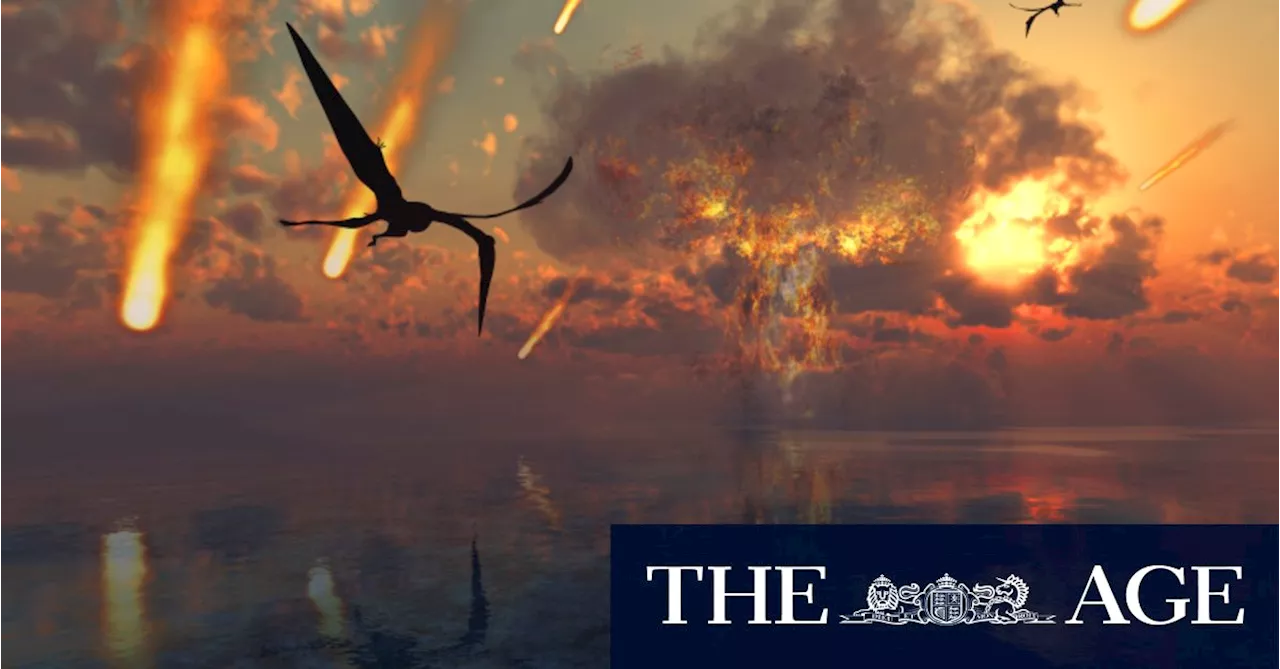A new study suggests that dust from the asteroid impact may have caused the extinction of dinosaurs, by blocking sunlight and disrupting the food chain.
The mighty dinosaurs may have been done in by dust, according to a new study inFor decades, scientists have known that a giant asteroid smashed into what is now the Yucatán Peninsula roughly 66 million years ago. Most experts agree the event triggered a mass extinction that wiped out three-quarters of all species, including almost all the dinosaurs.
For the new study, researchers coupled computer simulation with an analysis of sediment layers at the Tanis paleontology site, which preserves the aftermath of thein extraordinary detail. The work reveals that a massive plume of fine-grained dust blanketed the planet and would have lingered in the atmosphere for 15 years, cooling Earth’s surface by 27 degrees and shutting down photosynthesis for two years.
Tabor said the new information on dust size will help improve simulations of the climate after the impact. The grains of dust the researchers discovered could have persisted in the atmosphere for a long time, according to the model the researchers used, leading to a larger decrease in surface sunlight than other sun-blocking particles.
Kaiho said the new study “holds significant importance in our understanding of the mechanisms responsible for global cooling and mass extinctions”.The giant impact didn’t just create a dust cloud. The nearly 10-kilometre-wide asteroid sent shudders through the earth, generating tsunamis. It ejected debris that then fell back down, heating the atmosphere upon reentry to cause global bushfires.
Dinosaurs Extinction Asteroid Impact Dust Sunlight Food Chain
